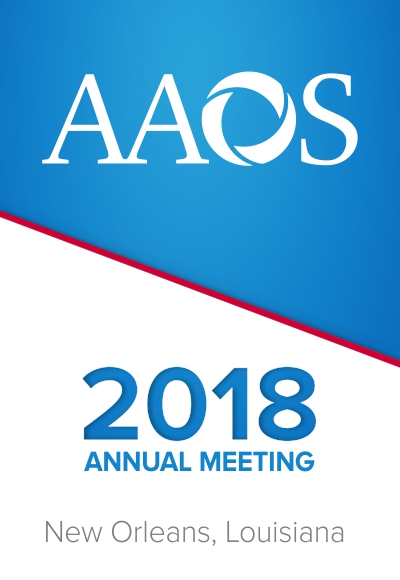
AAOS2018: ciNPWT vs occlusive dressing for reducing wound complications in revision THA and TKA

AAOS2018: ciNPWT vs occlusive dressing for reducing wound complications in revision THA and TKA
Use of Closed Incisional Negative Pressure Wound Therapy after Revision Total Hip and Knee Arthroplasty in Patients at High Risk for Infection: A Prospective, Randomized Clinical Trial
Did you know you're eligible to earn 0.5 CME credits for reading this report? Click Here
CONFERENCE ACE REPORTS
This ACE Report is a summary of a conference presentation or abstract. The information provided has limited the ability to provide an accurate assessment of the risk of bias or the overall quality. Please interpret the results with caution as trials may be in progress and select results may have been presented.
Synopsis
160 patients scheduled for revision total hip or knee arthroplasty with at least one risk factor for postoperative wound complication were randomized to postoperative management with either closed incisional negative pressure wound therapy (ciNPWT) or a silver-impregnated occlusive dressing. Patients were assessed for the incidences of wound complication, readmission, and reoperation within the f...
To view the full content, login to your account,
or start your 30-day FREE Trial today.
FREE TRIAL
LOGIN
Forgot Password?
Explore some of our unlocked ACE Reports below!

Learn about our AI Driven
High Impact Search Feature
Our AI driven High Impact metric calculates the impact an article will have by considering both the publishing journal and the content of the article itself. Built using the latest advances in natural language processing, OE High Impact predicts an article’s future number of citations better than impact factor alone.
Continue



 LOGIN
LOGIN

Join the Conversation
Please Login or Join to leave comments.